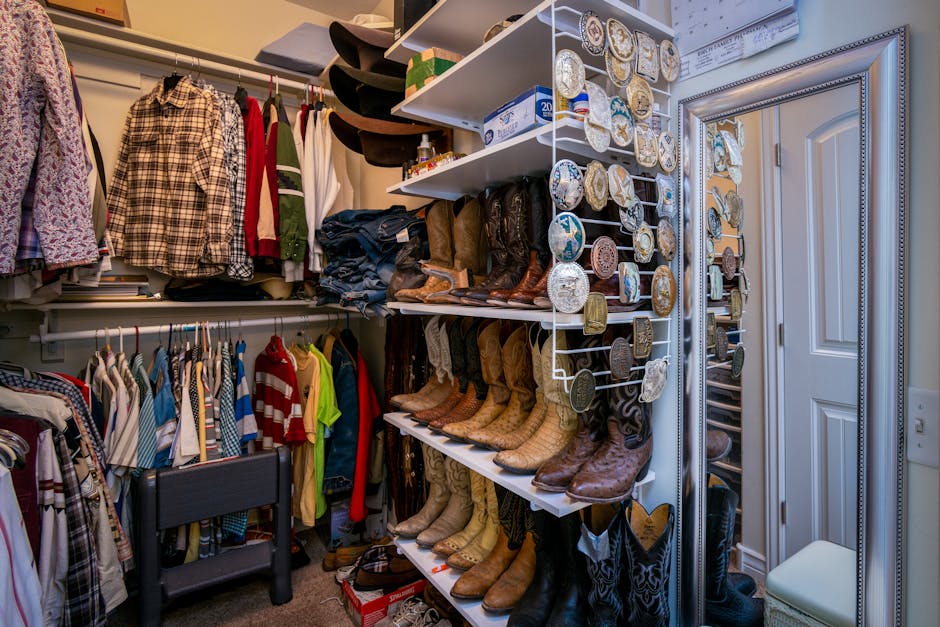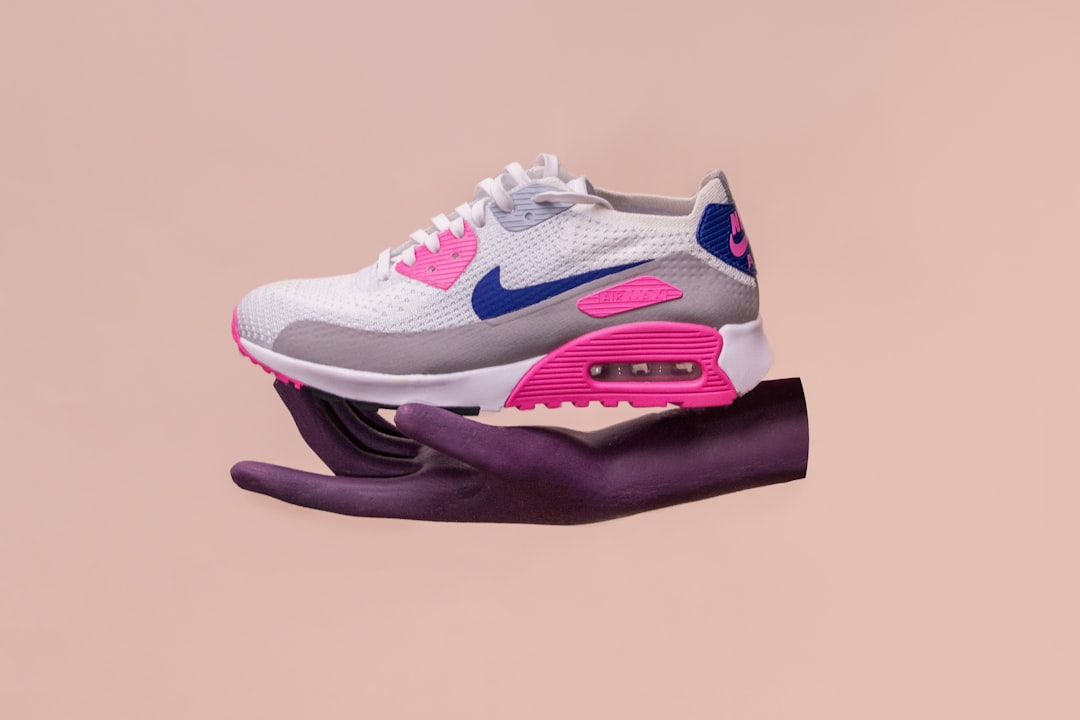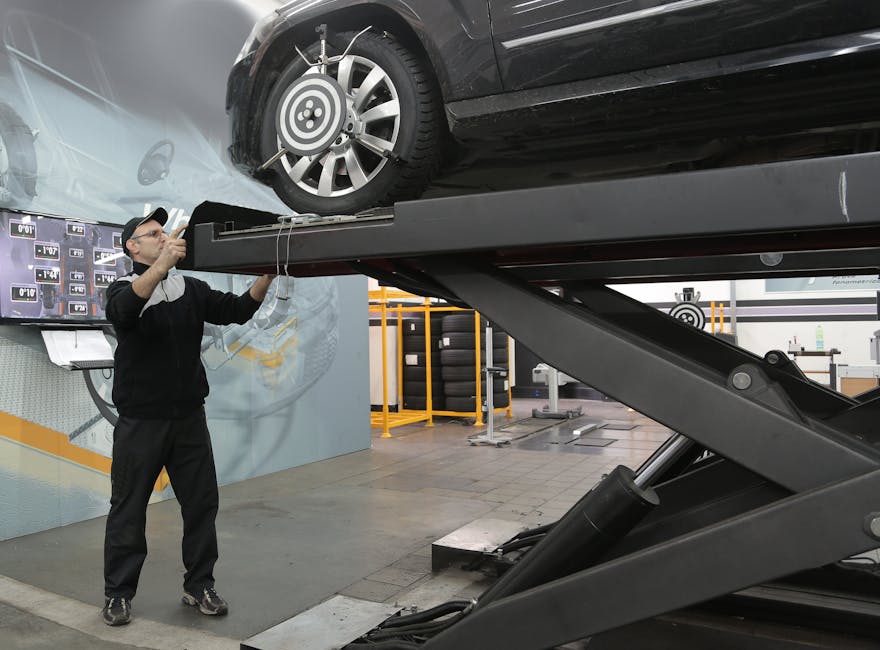Quick Answer to ‘What Causes Mold on Shoes in Closet’:
1. Moisture built up in shoes not dried properly.
2. High humidity levels in the closet.
3. Poor ventilation, leading to damp conditions.
4. Condensation in sealed containers or plastic bags.
5. Wooden shelving absorbing and retaining moisture.
Discovering mold on shoes stored in your closet can be a startling and unpleasant surprise. Especially for shoe manufacturers or retailers, mold not only represents a risk to the quality and appearance of the products but also poses challenges to storage and maintenance routines.
The key culprits behind mold growth in your closet largely boil down to two things: moisture and closet conditions. Moisture can sneak into your shoes from various sources like rain, snow, or even sweat. When these damp shoes are put away without being properly dried, they become a breeding ground for mold. Coupled with closet conditions such as high humidity, lack of airflow, or the use of absorbent materials like wood in shelving, the environment becomes ideal for mold to thrive.
By understanding what leads to mold growth on shoes in a closet, stakeholders can take preventive measures to safeguard their inventory, ensuring the longevity and quality of their products remain uncompromised.
The Science of Mold Growth
Mold is like a tiny, unwanted guest that can sneak into your closet without a formal invitation. Understanding what causes mold on shoes in the closet starts with a basic grasp of the science behind mold growth. Let’s dive into the key factors: Moisture, Humidity, and Dark Spaces.
Moisture: The Main Culprit
First and foremost, mold loves moisture. Whether it’s from stepping in a puddle or sweating during a long day, shoes can hold onto moisture. This creates a perfect playground for mold spores to start a party.
Humidity: Mold’s Best Friend
High levels of humidity in a closet provide mold with the ideal environment to grow and spread. This is especially true in areas of your home that don’t have good airflow. Mold doesn’t need a lot to thrive—a little bit of humidity and it’s off to the races.
Dark Spaces: Where Mold Hides
Mold prefers the shadows. Dark, poorly lit closets are like a luxury resort for mold spores. They can grow undisturbed for a long time before you even notice them. This is why it’s often a surprise when you find mold on shoes that have been tucked away.
Understanding these three factors is crucial in tackling the problem of shoe mold. By controlling moisture, humidity, and lighting in your closet, you can make the environment less inviting for mold. This doesn’t just apply to shoe closets but to any area of your home where mold might find a foothold.
The key to mold control is prevention. Keeping your closet dry, well-ventilated, and well-lit can significantly reduce the risk of mold growth on your shoes and other stored items.
In the next section, we’ll explore common causes of shoe mold in closets in more detail, providing you with actionable tips to keep your footwear in top condition. Stay tuned to learn how to protect your shoes from becoming moldy and how to maintain a healthy, mold-free closet environment.
Common Causes of Shoe Mold in Closets
Mold loves moisture. That’s the bottom line. But how does this moisture find its way into our closets, and more specifically, onto our shoes? Let’s break it down into simple terms.
Wet Shoes
Imagine you’re walking home in the rain, or you’ve just finished a sweaty workout. Your shoes are wet. If you tuck them away in your closet without drying them first, you’re essentially inviting mold to a feast. Wet shoes are the number one culprit in the case of what causes mold on shoes in closets.
Damp Closets
Closets, especially those in dark and less ventilated areas of our homes, can become naturally damp. This dampness can be due to a variety of reasons such as humidity in the air or condensation from temperature changes. A damp closet provides a perfect environment for mold spores to settle and grow.
Poor Ventilation
A closet that doesn’t get much air movement is like a sealed box – perfect for mold growth. Without proper ventilation, any moisture that gets into the closet doesn’t have a way to escape. This stagnant, moist air becomes an ideal breeding ground for mold.
Condensation
Condensation occurs when warm, moist air hits cooler surfaces, turning the moisture in the air into water droplets. This can happen inside closets that are against exterior walls or in rooms with varying temperatures. These droplets provide the moisture that mold needs to grow.
Understanding these common causes gives us a roadmap to preventing mold growth. By addressing these issues, we can keep our closets, and more importantly, our shoes, mold-free. In the following sections, we’ll dive into effective ways to remove mold from shoes and preventative measures to keep your closet mold-free. Stay tuned for practical tips and solutions from NuShoe Inspect & Correct to protect your footwear and health.
How to Identify Mold on Your Shoes
Identifying mold on your shoes is the first step in tackling the issue. Mold isn’t just about the unsightly spots; it’s also a health concern. Let’s break down the key signs that your shoes might be hosting unwanted guests.
Colors of Mold
Mold comes in a variety of colors. While we often picture mold as a dark green or black, it can also appear white, orange, or even pink. The color can give you a clue about the type of mold you’re dealing with, but any mold, regardless of color, is a problem.
Mold Spots
Mold typically forms in patches or spots. These can be small and scattered or large and clustered. If you see irregular spots on your shoes, especially in areas that might have been exposed to moisture, you’re likely looking at mold. These spots can be fuzzy or slimy, depending on the type of mold and how long it’s been growing.
Musty Smell
One of the most telling signs of mold is a musty smell. This odor is distinctive and unpleasant. If your closet or your shoes start to smell musty, it’s time to inspect them for mold. This smell is caused by the metabolic processes of mold as it grows, so where there’s a musty smell, there’s almost certainly mold.
Identifying mold early is crucial. The sooner you spot it, the easier it will be to remove and the less damage it will cause to your shoes. If you notice any of these signs, take action immediately to clean and dry your shoes, and consider consulting with professionals like NuShoe Inspect & Correct for severe cases.
In the next section, we’ll explore effective ways to remove mold from shoes, ensuring they’re safe and clean for your next wear.
Effective Ways to Remove Mold from Shoes
Finding mold on your shoes can be unsettling, but don’t worry, there are effective ways to tackle this problem head-on. Let’s dive into some simple yet powerful methods to get your shoes looking and smelling fresh again.
Vinegar Solution
One of the most accessible and effective solutions is a vinegar solution. Mix equal parts of water and white vinegar in a spray bottle or a bowl. This mix is a natural killer of mold spores due to vinegar’s acidity. It’s safe for most materials, including leather and canvas. Just remember, after applying, let your shoes air dry completely.
Rubbing Alcohol
If you’re dealing with a more stubborn mold, rubbing alcohol can be your next go-to. Create a blend of equal parts rubbing alcohol and water. Apply this mixture gently with a cloth. It’s a stronger option than vinegar and can kill off those persistent mold spores. Again, air drying is crucial after this step.
Brushing Off
Sometimes, a good old brushing off can do wonders, especially if the mold hasn’t deeply set in. Take a brush (a toothbrush works well for small areas) and gently scrub off the visible mold. Do this outside to avoid spreading spores in your home.
Sun Drying
After cleaning, letting your shoes dry in the sun can help further kill mold spores. However, be cautious with direct sunlight, as it can fade or damage some materials. A sunny, breezy spot is ideal for air drying without the harmful effects of direct exposure.
Jenkins Environmental Services
In cases where DIY methods don’t cut it, or if you’re dealing with a significant mold issue, professional help may be needed. Jenkins Environmental Services specializes in mold remediation. Their certified technicians can offer tailored solutions to ensure your shoes and closet are mold-free.
By employing these methods, you can effectively remove mold from your shoes and prevent it from coming back. The key is to act quickly and ensure your shoes are completely dry before storing them again. Keep these tips in mind, and you’ll be well on your way to maintaining a clean, mold-free closet.
In our next section, we’ll cover preventative measures to keep your closet and shoes mold-free. Stay tuned for practical tips and tricks from NuShoe Inspect & Correct, ensuring your footwear stays in top condition.
Preventative Measures to Keep Your Closet Mold-Free
Keeping your closet free of mold isn’t just about cleaning; it’s about creating an environment where mold can’t thrive. Here are some straightforward steps to ensure your shoes and closet remain mold-free:
Silica Gel Packets
These little packets are more powerful than they look. Silica gel packets absorb moisture, making your closet a less inviting place for mold. Tuck them into your shoes and scatter a few around your closet shelves. It’s a simple, cost-effective strategy to keep things dry.
Air Circulation
Good air circulation is crucial. A closet that breathes is a closet without mold. If possible, keep the closet door open from time to time or use a small fan to promote air movement. This helps to keep the air fresh and dry.
Metal Racks
Swap out wooden shelves for metal racks. Mold finds it harder to grow on metal compared to wood, which can absorb and retain moisture. Plus, metal racks allow for better air flow around your shoes.
Dry Tea Bags
An unconventional yet effective method is using dry tea bags. Just like silica gel, tea bags can absorb moisture. Plus, they leave a nice scent. Place a few dry tea bags in each shoe and a few around the closet.
Dehumidifiers
In humid climates, a dehumidifier can be a game-changer. It reduces the overall moisture level in the air, making your closet a hostile environment for mold. You don’t need a large one; a small, portable dehumidifier can do the trick.
Regular Cleaning
Regular cleaning is key. Wipe down your closet surfaces with a mild, mold-killing cleaner. Pay special attention to corners and hidden areas where mold likes to hide. Keeping your closet clean is a fundamental step in preventing mold growth.
NuShoe Inspect & Correct
When in doubt, call in the experts. NuShoe Inspect & Correct offers professional services to tackle mold issues head-on. They can provide tailored solutions to keep your closet and shoes in pristine condition.
By implementing these preventative measures, you’re not just protecting your shoes; you’re safeguarding your health and ensuring your home remains a clean, comfortable place. Prevention is always better than cure. With these strategies, you’ll significantly reduce the risk of mold taking hold in your closet.
Next, we’ll answer some frequently asked questions about shoe mold, providing you with even more insights into keeping your footwear in the best shape possible.
Frequently Asked Questions about Shoe Mold
Mold on shoes can be a sneaky problem. Here, we’ll break down some of the most common questions you might have about shoe mold, making it easier for you to understand and tackle the issue.
How can I tell if my shoes have mold?
First, look for visible signs. Mold often appears as small, circular patches in colors like green, brown, black, or white. These spots can look fuzzy or slimy. Another giveaway is a musty smell, similar to what you’d find in old books or damp basements. If your shoes have been in a wet or humid place for a while, it’s wise to inspect them closely for these signs.
Is mold on shoes dangerous to my health?
Yes, it can be. Mold produces allergens and irritants that may cause allergic reactions in some people, especially those with mold allergies or asthma. Symptoms can include sneezing, itchy eyes, skin rash, and respiratory issues. If you’re sensitive to mold and notice these symptoms worsening, it’s a good idea to check your shoes and closet for mold growth.
Can moldy shoes be saved or should they be thrown away?
The good news is, many moldy shoes can be saved, especially if you catch the mold early. Non-porous materials, like leather and synthetic shoes, can often be cleaned with a mixture of water and white vinegar. However, delicate materials like suede may require a more gentle approach, and in some cases, professional cleaning. If the mold has deeply penetrated the shoe material or if cleaning doesn’t remove the mold, it might be time to say goodbye to those shoes.
Prevention is key. Keeping your closet dry, ensuring good air circulation, and storing shoes properly can help prevent mold from growing in the first place. If you’re dealing with a persistent mold problem in your closet or on your shoes, it might be worth consulting a professional, such as NuShoe Inspect & Correct, to get tailored advice and solutions.
By understanding what causes mold on shoes in closets and taking proactive steps to prevent it, you can keep your shoes looking and smelling fresh for longer. Stay vigilant and don’t hesitate to act at the first sign of mold to protect your health and your footwear.
Conclusion
In wrapping up, the journey to a mold-free closet, especially when it concerns protecting our cherished footwear, hinges on two pivotal actions: regular inspection and seeking professional help when necessary. Let’s delve a bit deeper into these concluding steps.
Regular Inspection:
Mold is sneaky. It doesn’t announce its arrival with a fanfare but prefers to lurk in the shadows, gradually making its presence known. This is why it’s crucial for us to adopt the role of detectives in our own homes. Make a habit of inspecting your shoes and closet spaces regularly. Look for any signs of mold—discoloration, musty smells, or any of the other indicators we’ve discussed. Early detection is our best defense, allowing us to address the issue before it escalates.
NuShoe Inspect & Correct:
Sometimes, despite our best efforts, mold finds a way. When it does, it’s comforting to know that professional help is just a call or click away. At NuShoe Inspect & Correct, we specialize in rescuing your footwear from the clutches of mold. Our team of experts employs state-of-the-art techniques to remove mold effectively, ensuring your shoes are not only clean but safe to wear.
Choosing to partner with NuShoe Inspect & Correct isn’t just about salvaging a pair of shoes; it’s about investing in peace of mind. You’re taking a stand against mold, armed with the knowledge and support to keep your closet a mold-free zone.
In conclusion, understanding what causes mold on shoes in closets and implementing both preventative and responsive measures can significantly reduce the risk of mold damage. Regular inspections of your footwear and closet, combined with the expertise of NuShoe Inspect & Correct, form a robust defense against mold. Together, we can ensure that your shoes remain in pristine condition, ready to step out into the world with you, mold-free and full of life.




